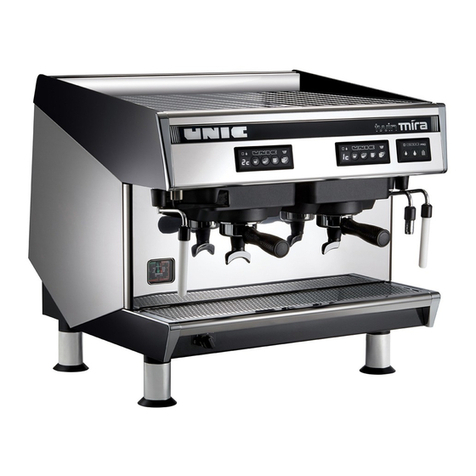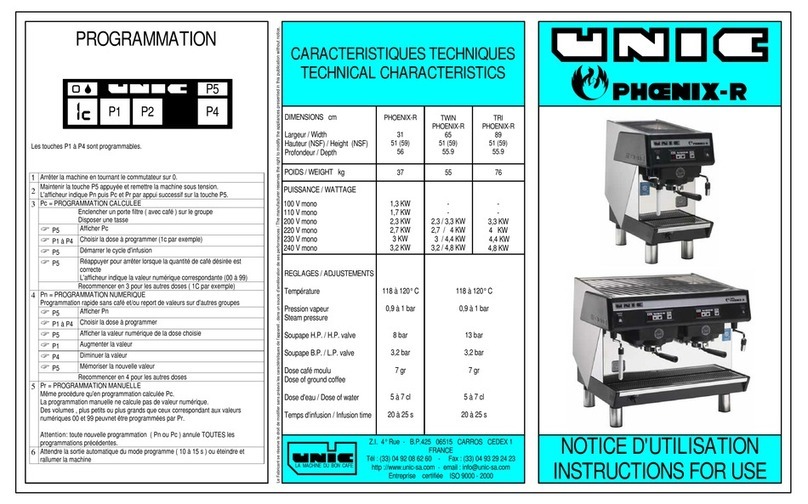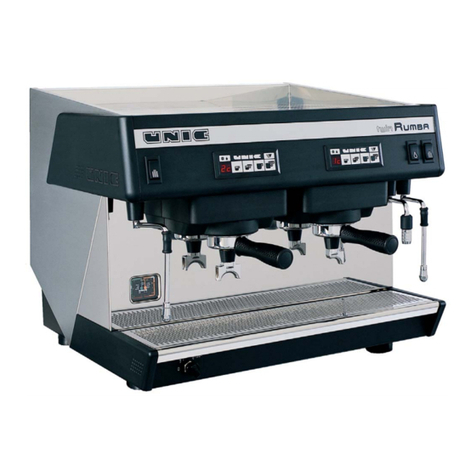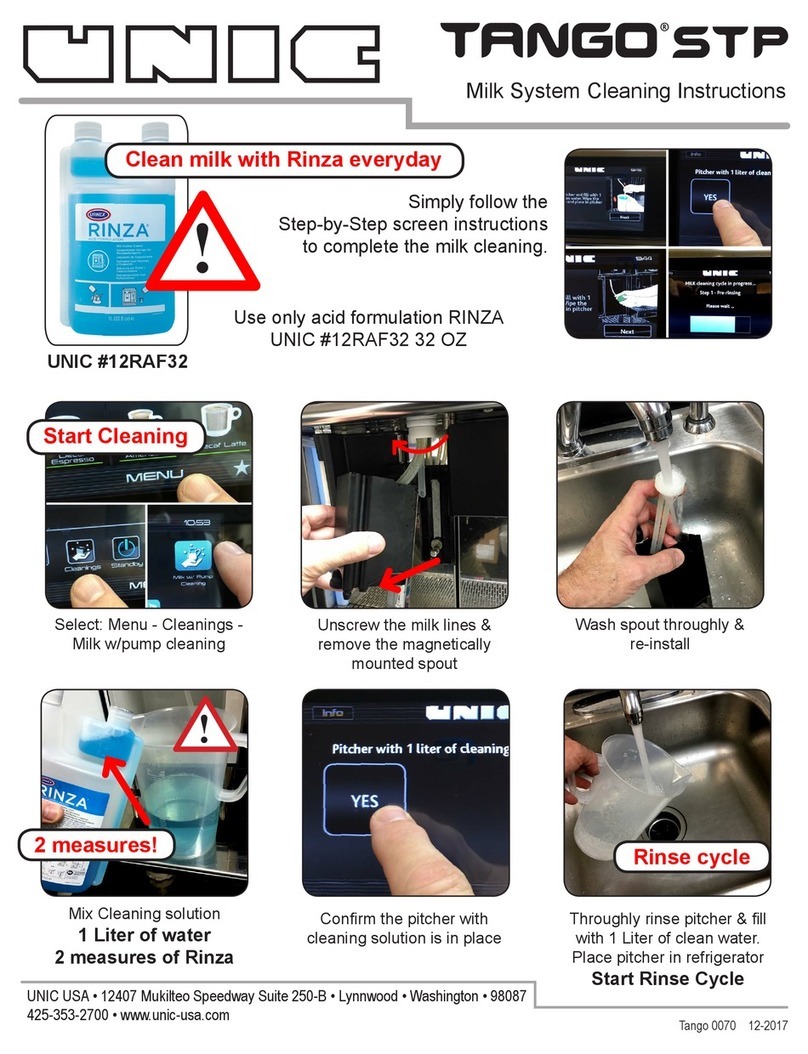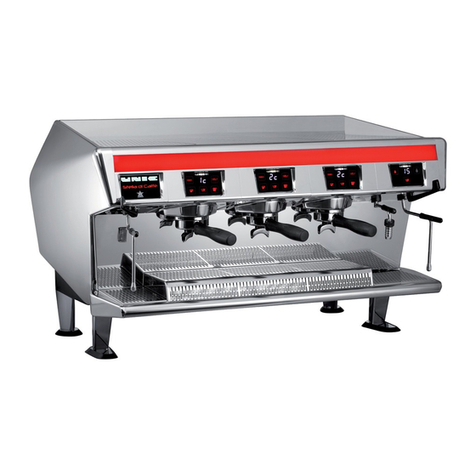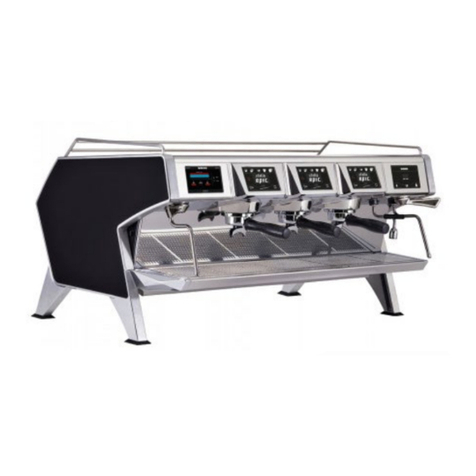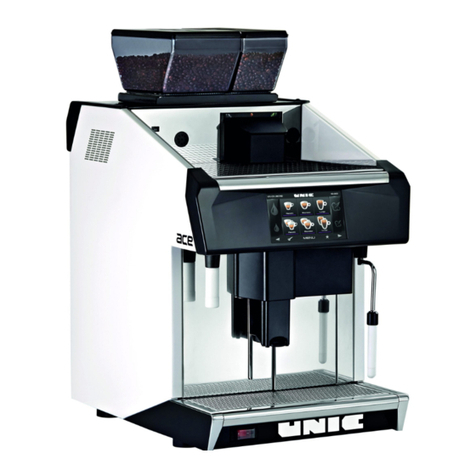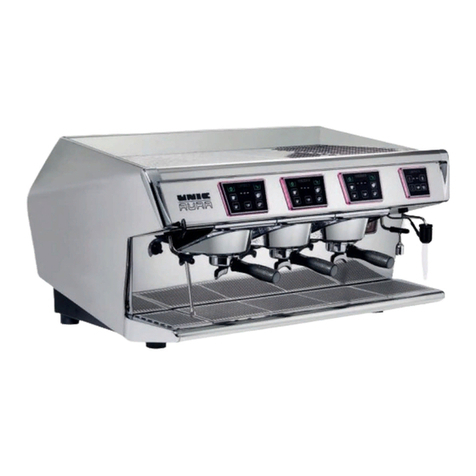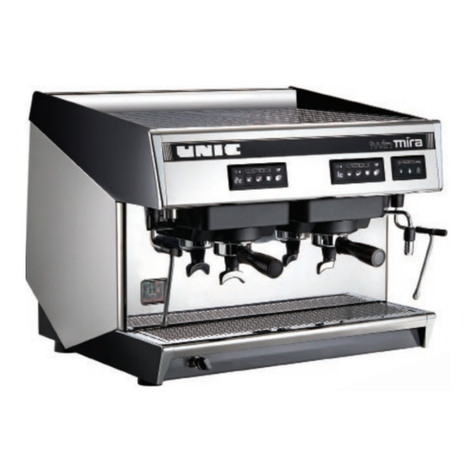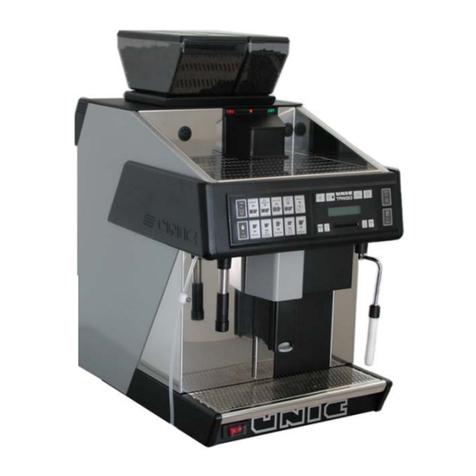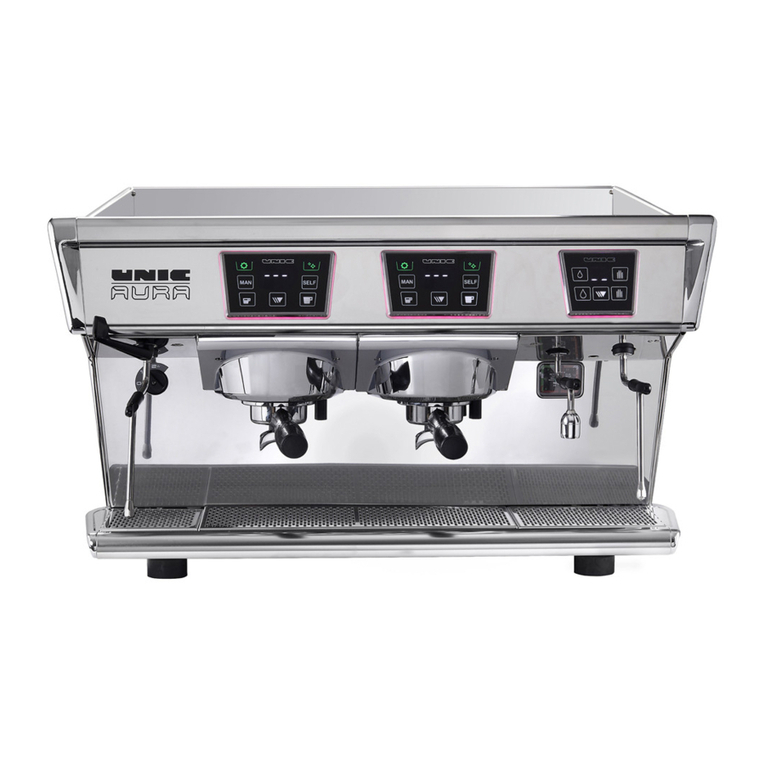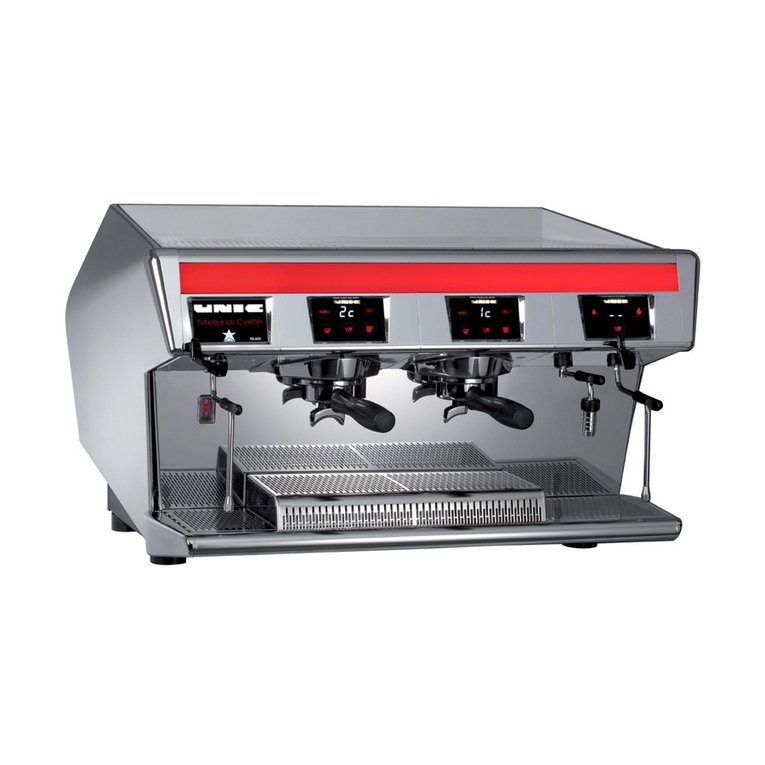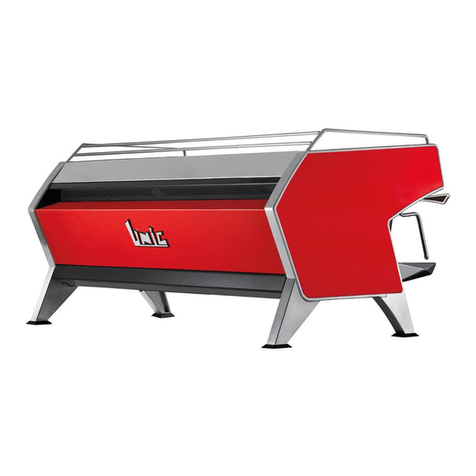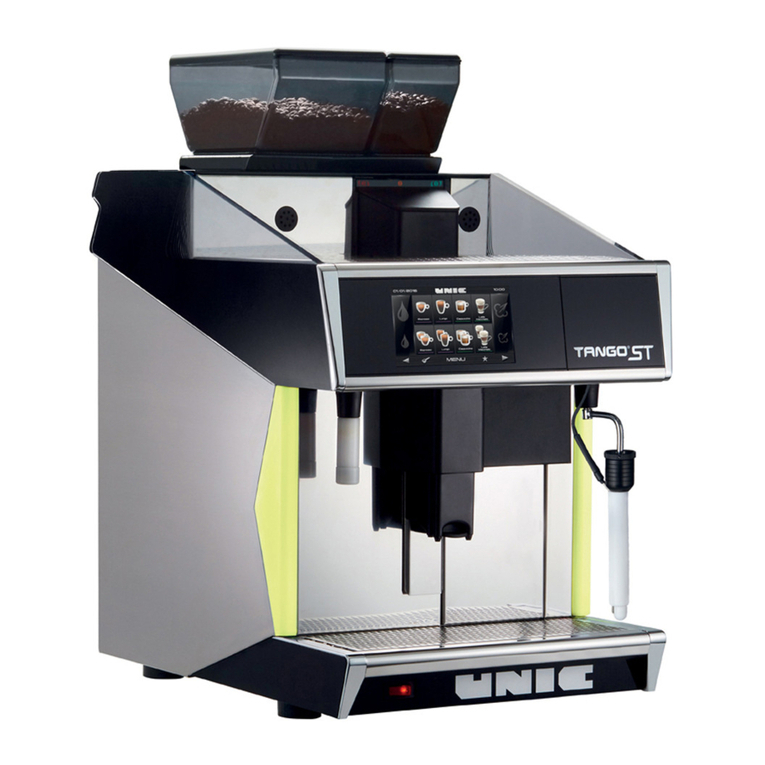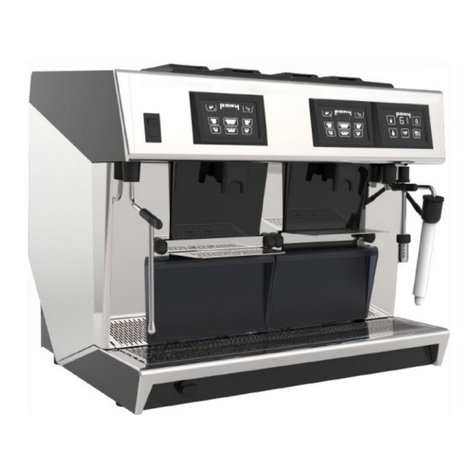
6
Contents
A SAFETY INFORMATION.........................................................................................................................7
A.1 General information ......................................................................................................................7
A.2 General safety .............................................................................................................................7
A.3 Personal protection equipment ........................................................................................................ 8
A.4 Transport, handling and storage ......................................................................................................8
A.5 Installation and assembly ...............................................................................................................9
A.6 Water connection..........................................................................................................................9
A.7 Electrical connection .....................................................................................................................9
A.8 Use ......................................................................................................................................... 10
A.9 appliance cleaning and maintenance .............................................................................................. 10
A.10 Service..................................................................................................................................... 10
A.11 Disposal of packing..................................................................................................................... 10
A.12 Machine disposal........................................................................................................................ 11
B GENERAL SAFETY RULES................................................................................................................... 11
B.1 Introduction ............................................................................................................................... 11
B.2 Mechanical safety characteristics, hazards....................................................................................... 11
B.3 Protection devices installed on the machine ..................................................................................... 11
B.4 Main switch ............................................................................................................................... 11
B.4.1 Appliance with 2 positions main switch................................................................................... 11
B.5 Safety signs to be placed on the machine or near its area.................................................................... 11
B.6 Instructions for use and maintenance.............................................................................................. 11
B.7 Reasonably foreseeable improper use ............................................................................................ 11
B.8 End of use ................................................................................................................................ 12
B.9 Residual risks ............................................................................................................................ 12
C GENERAL INFORMATION .................................................................................................................... 12
C.1 Introduction ............................................................................................................................... 12
C.2 Definitions................................................................................................................................. 12
C.3 Machine and manufacturer's identification data ................................................................................. 13
C.4 Additional indications................................................................................................................... 13
C.5 Responsibility ............................................................................................................................ 13
C.6 Copyright.................................................................................................................................. 13
C.7 Keeping the manual .................................................................................................................... 13
C.8 Recipients of the manual .............................................................................................................. 13
D NORMAL USE .................................................................................................................................... 14
D.1 Characteristics of personnel enabled to operate on the machine ........................................................... 14
D.2 Characteristics of personnel trained for normal machine use ................................................................ 14
D.3 Operator qualified for normal machine use ....................................................................................... 14
E TECHNICAL CHARACTERISTICS .......................................................................................................... 14
E.1 Data table ................................................................................................................................. 14
F OPERATING....................................................................................................................................... 14
F.1 Switching on.............................................................................................................................. 14
F.1.1 Filling the boilers............................................................................................................... 14
F.1.2 Switching on the heating .................................................................................................... 15
F.2 BTA description.......................................................................................................................... 15
F.2.1 Screen : thermal informations .............................................................................................. 15
F.2.2 Screen : Quick access / code............................................................................................... 15
F.2.3 Various icons ................................................................................................................... 15
F.3 Keyboards ................................................................................................................................ 15
F.3.1 Coffee keyboards.............................................................................................................. 15
F.3.2 Service keyboards............................................................................................................. 16
F.4 How to prepare a cappuccino ........................................................................................................ 16
G DAILY CLEANING................................................................................................................................ 16
G.1 Cleaning groups......................................................................................................................... 16
G.1.1 Before use or after several hours of inactivity .......................................................................... 16
G.1.2 Rinse the decompression circuit ........................................................................................... 16
G.1.3 Semi automatic cleaning..................................................................................................... 16
G.2 External cleaning........................................................................................................................ 17
H MAINTENANCE .................................................................................................................................. 17
H.1 Maintenance intervals.................................................................................................................. 17
H.1.1 Preventive Maintenance ..................................................................................................... 17
H.2 Softener ................................................................................................................................... 17
H.3 Machine disposal........................................................................................................................ 17
I STEAMAIR OPTION............................................................................................................................. 18
I.1 Introduction ............................................................................................................................... 18
I.2 Components.............................................................................................................................. 18
I.3 Use ......................................................................................................................................... 18
I.3.1 Automatic mode (To reach the programmed T℃) ..................................................................... 18
I.3.2 Manual mode (Over the programmed T℃).............................................................................. 18
I.4 Programming............................................................................................................................. 18
